Towing Solutions for Vehicles Stuck in Mud, Sand, or Snow
Towing Solutions for Vehicles Stuck in Mud, Sand, or Snow
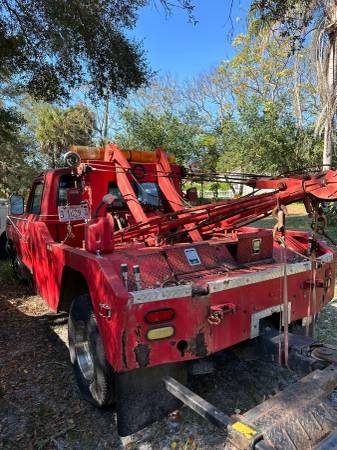
When stuck in mud, sand, or snow, use the Tow Strap Method by securing attachment points on both vehicles and maintaining a safe distance. Try the Recovery Boards Technique by positioning boards perpendicular to tires and keeping steady momentum. Winch Your Vehicle Out by inspecting the winch, attaching the cable securely, and communicating with helpers. Consider using a Hi-Lift Jack by inspecting for damage, choosing a stable lifting point, and lowering the vehicle carefully. Seeking Professional Towing Assistance offers immediate 24/7 help with specialized tools and trained professionals. Safety measures and preparedness are crucial for successful recovery.
Tow Strap Method
To safely use the tow strap method for freeing a vehicle stuck in mud, sand, or snow, follow these step-by-step instructions.
First, ensure both vehicles are on stable ground and that the stuck vehicle is in neutral with the parking brake engaged.
Next, locate a secure attachment point on both vehicles for the tow strap. Attach one end of the tow strap to the recovery point on the stuck vehicle, ensuring it’s firmly in place. Then, attach the other end to the recovery point on the towing vehicle. Make sure the tow strap isn’t twisted and is free of any knots.
When attaching the tow strap, avoid using any parts of the vehicle that aren’t designed for towing, such as bumpers, axles, or suspension components. Proper rope attachment is crucial to prevent damage to the vehicles or injury to individuals involved in the towing process.
Once the tow strap is securely attached, position the towing vehicle in front of the stuck vehicle facing the direction you want the stuck vehicle to move. Leave enough slack in the tow strap to account for any sudden movements. It’s essential to maintain a safe distance between the vehicles during the towing process to prevent accidents.
Recovery Boards Technique
When dealing with a vehicle stuck in challenging terrain like mud, sand, or snow, one effective method to consider is the Recovery Boards Technique. Recovery board benefits include providing traction to help the vehicle get unstuck by placing the boards under the tires.
To ensure proper recovery board usage, start by digging out the area around the stuck tires to create space for the boards. Place the recovery boards in front of or behind the stuck tires, ensuring they’re positioned perpendicular to the tires’ direction. Drive the vehicle slowly onto the boards, making sure the tires are centered on the boards for maximum grip.
Before driving onto the boards, engage the vehicle’s differential lock or four-wheel-drive mode if available. Once the vehicle is on the boards, gently accelerate to allow the boards to grip the tires and lift the vehicle out of the rut. It’s crucial to maintain a steady momentum to avoid getting stuck again. After successfully driving onto the solid ground, remove the recovery boards and store them properly for future use.
The Recovery Boards Technique is a practical and straightforward method that can be a lifesaver in challenging off-road situations. By understanding the benefits and following the proper usage guidelines, you can increase your chances of getting your vehicle out of tough spots efficiently.
Winching Your Vehicle Out
Winching a vehicle out of challenging terrain requires careful positioning and precise operation of the winch to ensure a successful extraction. Before engaging the winch, it’s crucial to inspect the winch and its components for any signs of wear or damage. Regular winch maintenance is essential to prevent malfunctions during critical moments. Ensure that the winch cable isn’t frayed or tangled, and that the winch motor is in good working condition.
When preparing to use the winch, always wear appropriate safety equipment such as heavy-duty gloves and eye protection. These safety measures are vital to prevent injuries from the tension and movement of the winch cable. Additionally, make sure that bystanders are at a safe distance to avoid any accidents.
To begin the winching process, attach the winch cable securely to a stable anchor point. Double-check the connection to guarantee it’s strong enough to withstand the pulling force. Operate the winch slowly and steadily, maintaining constant tension on the cable. Communicate effectively with any helpers to ensure a coordinated effort.
Proper winch maintenance and adherence to safety protocols are essential for a successful vehicle recovery. By following these guidelines and using the right safety equipment, you can increase the likelihood of a safe and effective winching operation.
Using a Hi-Lift Jack
Inspecting the condition of the Hi-Lift Jack before use is paramount to ensure its proper functionality and safety during vehicle recovery operations. Before using the Hi-Lift Jack, check for any signs of damage, such as cracks, bends, or rust, on the body, handle, and working parts. Ensure that all components are properly lubricated and that the mechanism operates smoothly.
When using a Hi-Lift Jack, it’s essential to choose a stable lifting point on the vehicle, such as a bumper or frame, to prevent damage. Always place the jack on solid ground and use a base plate or sturdy wooden board to increase stability on soft surfaces. Alternatives to the Hi-Lift Jack include bottle jacks and farm jacks, which may be more suitable for specific situations or vehicle types.
To properly use a Hi-Lift Jack, position it vertically next to the lifting point and ensure that the lifting mechanism engages securely. Slowly pump the jack handle to raise the vehicle, periodically checking for any shifts or instability. Once the vehicle is lifted to the desired height, securely support it with jack stands before performing any work underneath. Remember to lower the vehicle carefully to prevent sudden drops or accidents. By following these proper usage techniques, you can effectively utilize a Hi-Lift Jack for vehicle recovery tasks.
Seeking Professional Towing Assistance
How can professional towing assistance benefit your vehicle recovery needs efficiently and safely? When facing challenging situations like being stuck in mud, sand, or snow, seeking professional help can make a significant difference. Here’s how:
- Immediate Response: Professional towing companies have emergency contacts that offer 24/7 assistance, ensuring help is just a phone call away.
- Specialized Equipment: Towing experts are equipped with the right tools and machinery tailored for various recovery situations, ensuring a safer and more effective retrieval process.
- Insurance Coverage: Many professional towing services are covered by insurance, which can alleviate the financial burden of vehicle recovery.
- Trained Professionals: Towing professionals are trained to handle diverse recovery scenarios, providing a higher level of expertise compared to attempting recovery on your own.
- Damage Prevention: Professional towing minimizes the risk of further damage to your vehicle that can occur during amateur recovery attempts.
When dealing with challenging terrains or unexpected mishaps, relying on professional towing assistance is a wise choice. Not only does it offer a sense of security knowing that experienced help is on the way, but it also ensures that your vehicle is recovered efficiently and without additional harm. Remember to check your insurance policy for towing coverage and keep emergency contacts for towing services readily available for any unforeseen circumstances.
Safety Tips and Precautions
Implementing proper safety tips and precautions is essential when attempting vehicle recovery in challenging terrains to minimize risks and ensure a successful retrieval process. Before starting any towing or recovery operation, it’s crucial to assess the situation carefully. Ensure the area is clear of bystanders and obstacles that could impede the process. Communicate with all team members involved to establish a clear plan and designate specific roles for each member to maintain an organized approach.
Safety measures such as wearing reflective vests and using warning signs or cones to alert other motorists of the operation are critical to prevent accidents. Always use proper towing equipment and inspect it thoroughly before use, checking for any signs of wear or damage that could compromise safety. When using winches or tow straps, make sure they’re rated for the weight of the vehicle being recovered.
Additionally, having an emergency kit on hand is essential. This kit should include items such as first aid supplies, a flashlight, gloves, a tool kit, and any necessary items specific to the terrain, such as tire traction mats or snow chains. Being prepared for unforeseen circumstances can make a significant difference in the outcome of the recovery operation. Remember, safety should always be the top priority when dealing with vehicle recoveries in challenging conditions.
When facing a vehicle stuck in mud, sand, or snow, there are several towing solutions available. From using tow straps and recovery boards to winching or utilizing a Hi-Lift Jack, there are methods to safely free your vehicle.
However, if the situation becomes too difficult or dangerous, it’s always best to seek professional towing assistance. Remember to prioritize safety by following proper precautions and techniques to ensure a successful recovery.
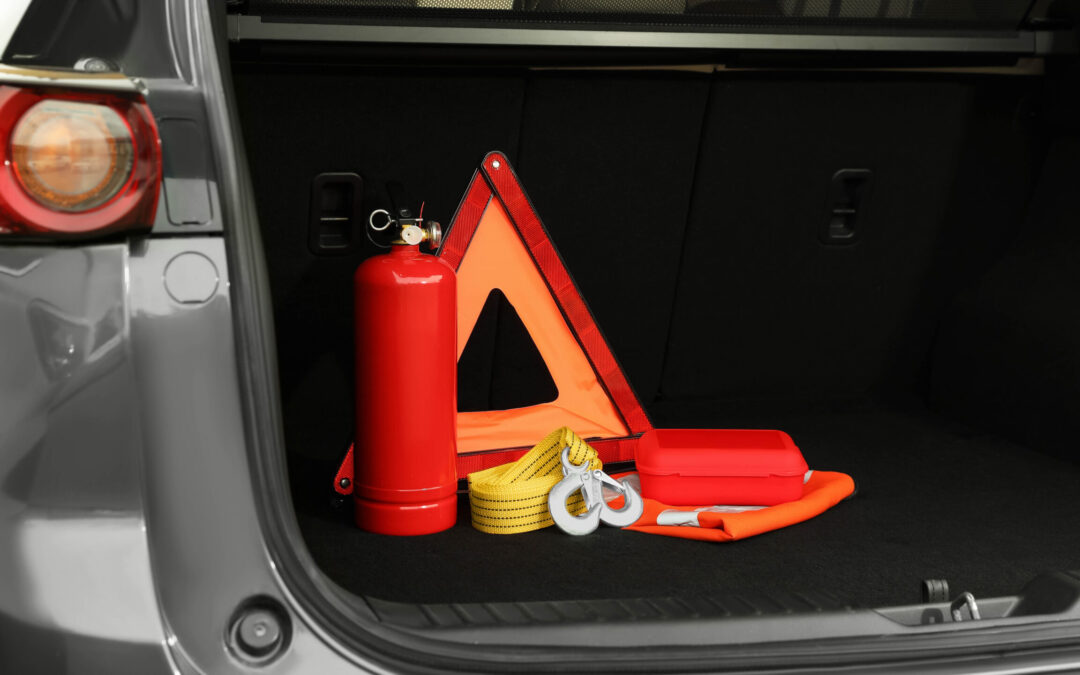
The Benefits of Preparing an Emergency Towing Kit for Your Vehicle
Having an emergency towing kit for our vehicle is crucial. It ensures we're prepared for unexpected roadside situations effectively. The kit includes tools and supplies that can make a difference when in need. From providing quick roadside assistance access to...
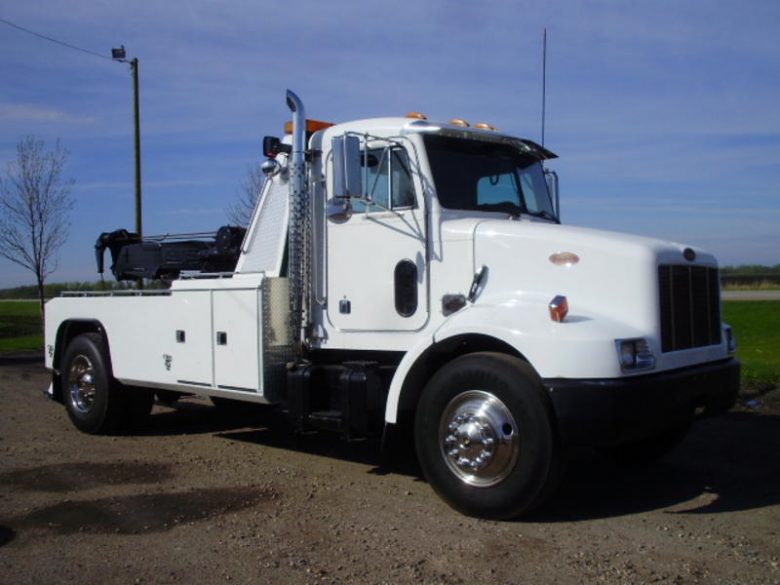
The Role of Technology in Modern Towing Services
In modern towing services, technology enhances safety and efficiency. Smart towing systems monitor data in real time, improving operational capabilities. GPS tracking optimizes route planning and increases reliability. Digital dispatch systems allocate services...
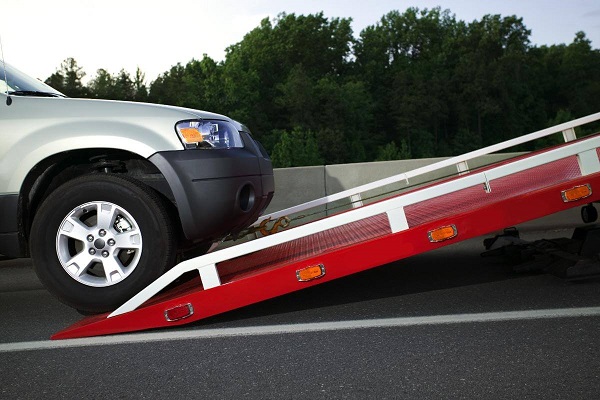
Tips for Avoiding Common Towing Scams and Frauds
To avoid common towing scams and frauds, research towing companies thoroughly. Verify their credentials, such as licenses and insurance. Get clear pricing estimates upfront to avoid surprises. Understand local towing regulations and confirm authorization before...
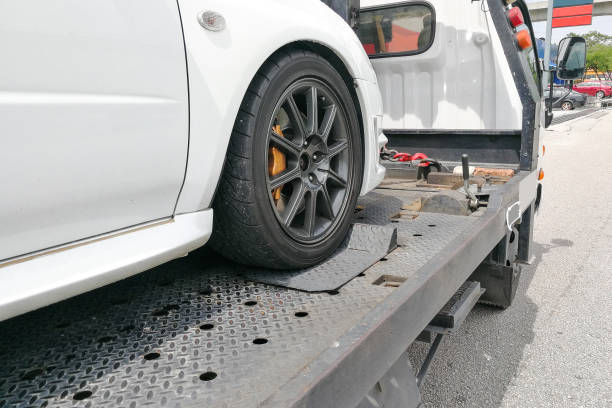
Towing Services for Rental Vehicles: What to Know
When towing rental vehicles, we recommend checking insurance coverage, understanding towing charges, selecting a reliable company, and following safety guidelines diligently. It's crucial for a smooth towing process. Ensure you're clear on insurance options and...

Towing Etiquette: Proper Behavior When Your Vehicle Is Towed
Maintaining composure is vital when your vehicle gets towed. Staying calm aids rational decision-making. Clear communication with the tow truck driver is key. Provide necessary vehicle info and ask questions for clarity. Understanding towing procedures and cooperating...

